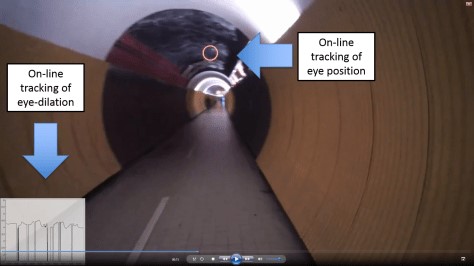
Biopac Room

Eye Tracker

Survey/Testing Room
Research Methods




Eye-Tracking Demonstration
This is a demonstration of the eye-tracking capabilities in the Culture Science Innovations. This technology can be used to study phenomenon ranging from implicit beauty preference to financial decision making.
Eye-Tracking: Static and Glasses
This image demonstrates the use of mobile eye-tracking in a navigation experiment. At the bottom left you can see the on-line eye-dilation.


The PSY-VR Suite: Using Virtual Reality for psychological testing across different environments
Skin Conductance for Organisational researchers
You can download the publication from here.
In the publication, we briefly discussed about using SCR and included resources for an experiment employing SCR. Here is an instructional video that explains how to conduct a SCR study.
For more information and resources on how to run an SCR study, please visit our website.
Contact Us
Booking Facilities
If you wish to use our facilities for research or teaching purposes, please download and fill in this booking form.
You will also need to read and agree to the house rules, which can be found here. By signing the form, you acknowledge that you agree with the house rules.

